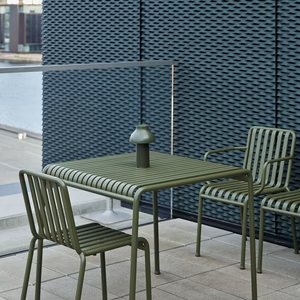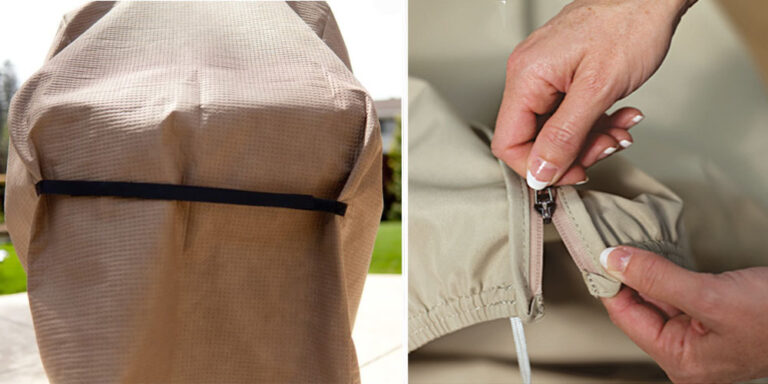Plastic Patio Furniture vs Other Materials
When it comes to choosing patio furniture, the material is a crucial factor that determines durability, maintenance, aesthetics, and cost. I’ve had the pleasure of experimenting with various materials over the years, and today, I want to share my insights on plastic Patio furniture vs other materials such as wood, metal, and wicker patio furniture. Each material has its own unique benefits and drawbacks, and understanding these can help you make an informed decision that suits your needs and lifestyle.

Plastic Plastic Patio Furniture vs Wood
When comparing plastic and wood patio furniture, several factors come into play, including durability, maintenance, aesthetics, and cost.
Durability Comparison
Plastic patio furniture has come a long way from the flimsy, breakable pieces of the past. Modern plastic furniture is often made from high-density polyethylene (HDPE), which is incredibly durable and resistant to cracking, peeling, and fading. It can withstand the elements, whether it’s scorching sun, heavy rain, or freezing temperatures.
Wood, on the other hand, offers a timeless and classic appeal. However, its durability can vary significantly depending on the type of wood. Hardwoods like teak and cedar are known for their longevity and resistance to weathering. Teak, in particular, has natural oils that make it resistant to water and insects. However, even the best woods will eventually succumb to the elements if not properly maintained.


Maintenance Comparison
- Low Maintenance: No need for sealing, staining, or painting.
- Easy Cleaning: A simple wash with soap and water keeps it looking new.
- Time-Saving: Allows you to spend more time enjoying the outdoors instead of maintaining the furniture.
Maintenance Requirements for Wood Furniture:
- Regular Maintenance Needed: Sealing, staining, or oiling is necessary to protect the wood.
- Protection Against Moisture and UV Damage: Proper care prevents fading, cracking, or rotting.
- Structural Integrity: Neglecting maintenance can lead to damage that affects both the appearance and durability of the furniture.
Plastic vs Metal
The debate between plastic and metal patio furniture is another one worth exploring. Each material has its own set of benefits and drawbacks that can influence your decision.


Advantages of Plastic Furniture:
- Lightweight: Easy to move around, perfect for those who like to rearrange their outdoor space frequently.
- Convenient for Storage: Ideal for storing during the off-season without much effort.
- Portable for Entertaining: Great for flexible seating arrangements when hosting gatherings.
Characteristics of Metal Furniture:
- Heavier Build: Wrought iron and cast aluminum offer sturdiness and durability but can be more difficult to move.
- Sturdiness: The added weight provides a sense of stability, which is ideal for areas with strong winds.
- Lightweight Metals: Aluminum offers a good balance, being both durable and easier to handle compared to heavier metals.
Weather Resistance
Plastic furniture excels in weather resistance. It’s impervious to rust, won’t rot, and can endure harsh weather conditions without significant wear and tear. High-quality plastic furniture often includes UV inhibitors to prevent fading from prolonged sun exposure.
Metal furniture, while durable, is not without its challenges. Iron can rust if not properly coated, and even aluminum can oxidize over time. Powder-coated finishes can help mitigate these issues, but regular maintenance, like touch-up painting, might be necessary to keep metal furniture looking its best.
Plastic vs Wicker
Wicker furniture brings a certain charm to outdoor spaces, but how does it compare to plastic?

Natural Wicker Furniture:
- Classic and Elegant Look: Made from materials like rattan, natural wicker offers a timeless appeal.
- Versatile Aesthetic: Blends well with various outdoor styles, from rustic to modern.
- Weather Susceptibility: Prone to weather damage, fading, and fraying over time, especially in outdoor settings.
Plastic (Resin) Wicker Furniture:
- Durability: Mimics the look of natural wicker while offering increased resistance to moisture, UV rays, and general wear and tear.
- Practical for Outdoor Use: A more durable option, making it ideal for outdoor furniture.
- Authenticity Debate: While some may argue it lacks the authenticity of natural wicker, modern designs closely replicate the appearance and feel of the original material.
Cost Differences
Cost is always a consideration when choosing patio furniture. Generally, plastic furniture is more affordable than natural wicker. High-quality plastic or resin wicker can be priced comparably to lower-end natural wicker, offering a balance of aesthetics and durability without breaking the bank.
Natural wicker furniture, especially handcrafted pieces, can be quite expensive. You’re paying for the craftsmanship and the natural materials, which can be worth it if you’re after a specific look and are willing to invest in regular maintenance.
Pros and Cons of Plastic Patio Furniture
Plastic patio furniture has several advantages and disadvantages worth considering.
Pros
- Durability: High-quality plastic furniture is resistant to cracking, fading, and weathering.
- Low Maintenance: Requires minimal upkeep compared to wood or metal.
- Cost-Effective: Generally more affordable than other materials.
- Lightweight: Easy to move and store.
- Variety of Styles: Available in numerous designs and colors.
Cons
- Aesthetics: May lack the natural beauty of wood or wicker.
- Heat Sensitivity: Can become hot to the touch when exposed to direct sunlight.
- Environmental Concerns: Some plastics may not be eco-friendly, though many manufacturers are now using recycled materials.
Choosing the Right Patio Furniture for Your Needs
When selecting patio furniture, it’s essential to consider your specific needs and preferences.

Lifestyle Considerations
- Entertaining: If you frequently host outdoor gatherings, opt for versatile, lightweight furniture that can be easily rearranged.
- Climate: Choose materials that can withstand your local weather conditions.
- Maintenance: Consider how much time you’re willing to spend on upkeep.
Design Preferences
- Aesthetics: Select furniture that complements your outdoor decor and personal style.
- Comfort: Ensure the furniture is comfortable, especially if you plan to use it for long periods.
Budget
- Initial Cost: Determine how much you’re willing to spend upfront.
- Long-Term Investment: Consider the longevity and maintenance costs of the material.
Enhancing the Longevity of Your Patio Furniture
Regardless of the material you choose, there are steps you can take to extend the life of your patio furniture.
Protective Measures
- Covers: Use furniture covers to shield your pieces from the elements when not in use.
- Storage: Store furniture indoors or in a sheltered area during extreme weather conditions.
Regular Maintenance
- Cleaning: Regularly clean your furniture to prevent buildup of dirt and grime.
- Repairs: Address any damage promptly to prevent further deterioration.

Making an Informed Decision
Ultimately, the best patio furniture for you depends on your unique needs and preferences. Plastic, wood, metal, and wicker each offer distinct advantages and challenges. By considering factors such as durability, maintenance, aesthetics, and cost, you can choose the material that best fits your outdoor lifestyle.
FAQs
In conclusion, the choice between plastic, wood, metal, and wicker patio furniture depends largely on your priorities and lifestyle. If you value low maintenance and durability, plastic is an excellent choice. If you prefer the classic beauty of natural materials and don’t mind a bit of upkeep, wood or natural wicker might be more your style.
And if you’re looking for a balance of sturdiness and aesthetic appeal, metal or resin wicker could be the way to go. Whatever you choose, make sure it fits your outdoor space and enhances your enjoyment of it.
Disclosure: Our blog contains affiliate links to products. We may receive a commission for purchases made through these links. However, this does not impact our reviews and comparisons. We try our best to keep things fair and balanced, in order to help you make the best choice for you.






